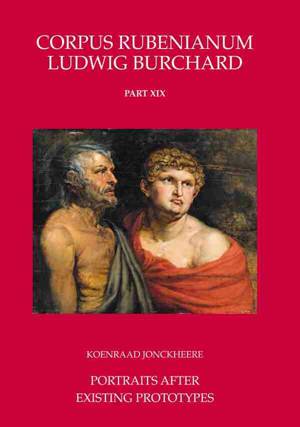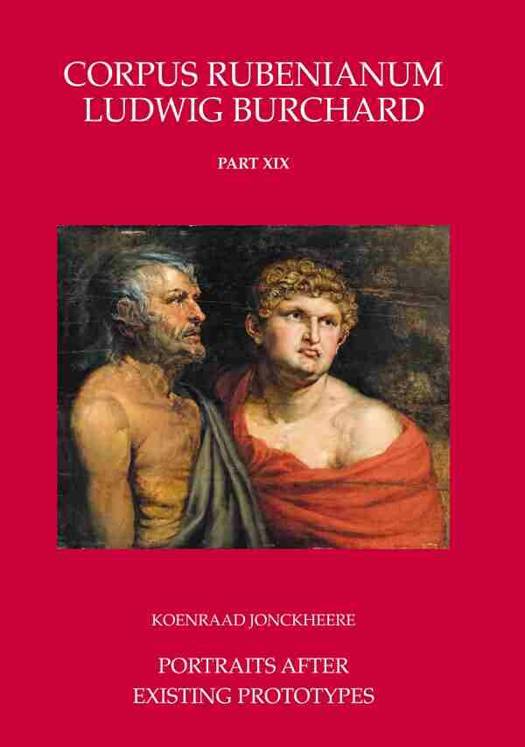
- Afhalen na 1 uur in een winkel met voorraad
- Gratis thuislevering in België vanaf € 30
- Ruim aanbod met 7 miljoen producten
- Afhalen na 1 uur in een winkel met voorraad
- Gratis thuislevering in België vanaf € 30
- Ruim aanbod met 7 miljoen producten
Zoeken
Omschrijving
Rubens was mesmerised by faces. He studied physiognomy, the pseudo-science that began making headway in the sixteenth century, which postulated that a person's character could be read from their facial features. He made geometrical analyses of the faces of ancient emperors and heroes. He invested a great deal of time in detailed anatomical studies, sometimes based on nature, and equally often on antique busts and coins. At times it seems as though the master wanted to know and understand every nook and cranny of the human face. To this end he studied man himself and the way in which the ancients dealt with nature. His best portrait copies, thus, are not strictly copies but rather studies in which art history, craftsmanship, literature and theory merge into an emulation of art and nature. They are works in which the artist was looking for what ultimately captivated him the most: man in all of his myriad facets, and the perspectives art afforded to better understand man.
Specificaties
Betrokkenen
- Auteur(s):
- Uitgeverij:
Inhoud
- Aantal bladzijden:
- 340
- Taal:
- Engels
Eigenschappen
- Productcode (EAN):
- 9781909400580
- Verschijningsdatum:
- 14/12/2016
- Uitvoering:
- Hardcover
- Formaat:
- Genaaid
- Gewicht:
- 394 g

Alleen bij Standaard Boekhandel
+ 381 punten op je klantenkaart van Standaard Boekhandel
Beoordelingen
We publiceren alleen reviews die voldoen aan de voorwaarden voor reviews. Bekijk onze voorwaarden voor reviews.








